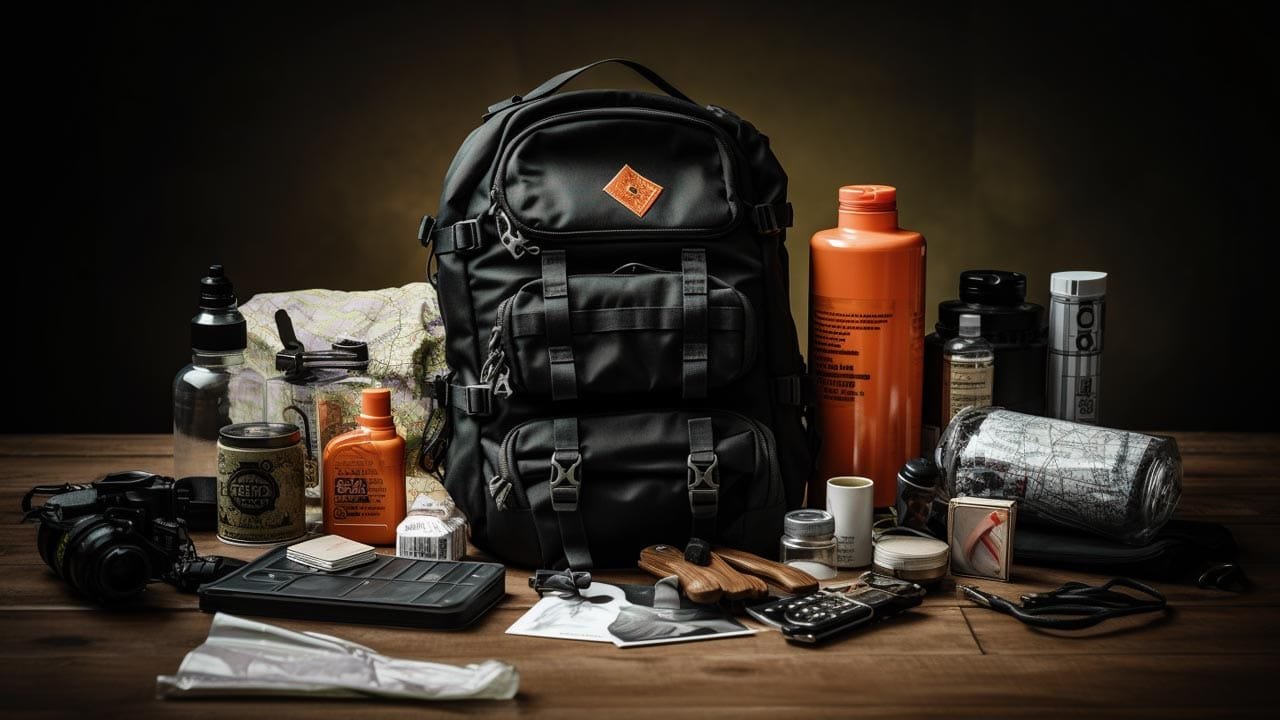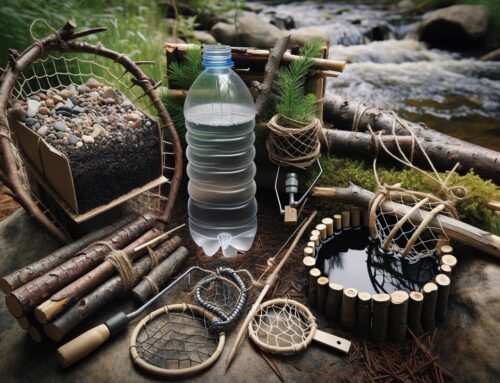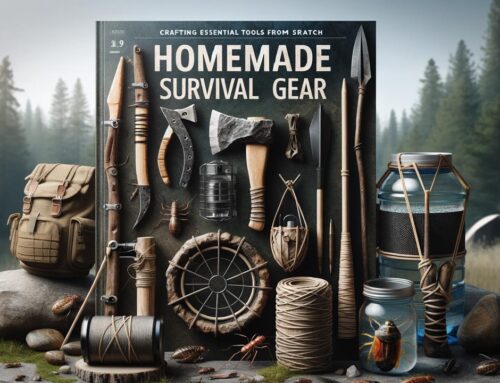The significance of a well-stocked and thoughtfully prepared survival kit cannot be overstated. In the immediate aftermath of a disaster, when emergency services and relief may not be readily available, this kit can be the difference between life and death. It’s not just about having food and water; a proper kit encompasses a range of supplies from medical necessities and important documents to tools and equipment that can aid in survival and recovery.
Preparing for the Unexpected: Building Your Disaster Survival Kit
Disasters strike without a moment’s notice, thrusting us into situations where every decision counts. But here’s the kicker: being prepared can swing the odds in your favor. In this piece, we’re diving deep into the world of disaster survival kits – your lifeline when the unexpected hits.

Introduction: The Need for Disaster Preparedness
Disasters, natural or man-made, are like uninvited guests that never RSVP. They barge in, wreaking havoc, and leave us grappling with their aftermath. Here’s the deal: Preparedness is not just a buzzword; it’s your armor in the face of chaos. It’s about being ready to face anything from hurricanes to zombie apocalypses (okay, maybe not zombies, but you get the point).
Why fuss over a survival kit, you ask? Well, imagine this: power’s out, stores are closed, and help is not on the horizon. That kit stashed in your closet is now your best friend. It’s not just a box of items; it’s your ticket to making it through the storm, both literally and figuratively.
Understanding the Basics of a Disaster Survival Kit
Disaster Survival Kit 101: A Beginner’s Guide to Staying Alive
- What’s In The Box? Think of your survival kit as a treasure chest filled with life-saving goodies. You’ve got your basics – water, food, and shelter. But that’s just scratching the surface.
- Water: Each person needs about three gallons for a three-day supply. It’s not just for drinking; you need it for hygiene too.
- Food: Non-perishable is the way to go. Think canned beans, not banana bread.
- Shelter: This could be anything from a tent to emergency blankets. You’re not aiming for a five-star hotel, just protection from the elements.
And that’s just the start. You’ll need a first aid kit, medications, important documents, and hey, don’t forget cash. Because guess what? ATMs don’t work in a blackout.
For a detailed list, check out FEMA’s recommendations here.
Special Considerations for Different Types of Disasters
Not All Disasters Are Created Equal
- Location, Location, Location: The kind of disaster you prepare for depends on where you live. Hurricanes? Earthquakes? Zombie uprisings? (Okay, seriously, no zombies.)
- Customize Your Kit: If you’re in Tornado Alley, you’ll need different supplies than if you’re bracing for a Nor’easter.
What does the Red Cross say about this? Find out here.
Building Your Emergency Kit: Essential Items
The Ultimate Shopping List for Survival
- Think Beyond the Basics: Sure, water and food are key, but there’s more. Flashlights, batteries, a radio – these are your lifelines.
- First Aid Kit: This isn’t your average band-aid and aspirin situation. We’re talking comprehensive, ready for anything that comes your way.
- Don’t Forget Fido: If you have pets, their needs go in the kit too. Pet food, extra water – they’re part of your family, after all.
For an in-depth guide, Tech Evaluate has some great insights here.
Disaster doesn’t wait for you to be ready. But with a well-packed survival kit, you can face whatever comes your way. Next up, we’ll explore special needs considerations and how to keep your kit in top shape.

Special Needs Considerations in Disaster Planning
Preparing for Every Member of the Family
When disaster strikes, it’s not just about you. If you have special needs kids or elders in your family, the game changes. You need to think about medications, accessible transportation, and even medical alert tags. It’s like playing chess with nature – you need to think several moves ahead.
- Kids with Special Needs: They need more than just love during emergencies. Medications, favorite toys to keep them calm, or special dietary foods – it’s all about keeping their world as normal as possible amidst chaos.
- Elders: Think about mobility aids, extra glasses, or hearing aid batteries. They’ve got wisdom on their side, but they’ll need your help with the logistics.
Wondering how to prepare for special needs during emergencies? Check out this resource from WonderBaby.org.
Storing and Maintaining Your Disaster Survival Kit
Keeping Your Lifeline in Top Shape
- Location is Key: Store your kit where it’s easily accessible. Remember, in an emergency, you won’t have time to play hide and seek with it.
- Check, Check, and Recheck: Just like you test smoke alarms, regularly check your kit. Replace expired items, and make sure everything is in working order.
For more tips on effective storage, WebEyeCare has some great advice here.
Additional Tips for Emergency Preparedness
The Little Things That Make a Big Difference
- Hygiene Matters: In a world without running water, hand sanitizers and wet wipes are worth their weight in gold.
- Information is Power: Keep an information card with medical records and prescriptions. In a crisis, this could speak for you when you can’t.
- The Glasses Advantage: Contact lens wearers, consider switching to glasses in emergencies. It’s about reducing risks and keeping your eyes safe.
General guidelines for contact lens wearers during emergencies can be found here.

Frequently Asked Questions
Conclusion: Clear Vision, Clear Preparedness
Preparedness is not just a plan; it’s a mindset. It’s about staying one step ahead of the unexpected, ensuring the safety and well-being of you and your loved ones. Remember, in the world of disaster preparedness, there are no second chances. So, stay sharp, stay prepared, and let’s keep our vision clear, no matter what comes our way.
In the spirit of preparedness and community support, consider helping those affected by natural disasters. Your contribution can provide essential supplies and support to those in need. Every bit helps in building a more resilient and prepared society.







Leave A Comment